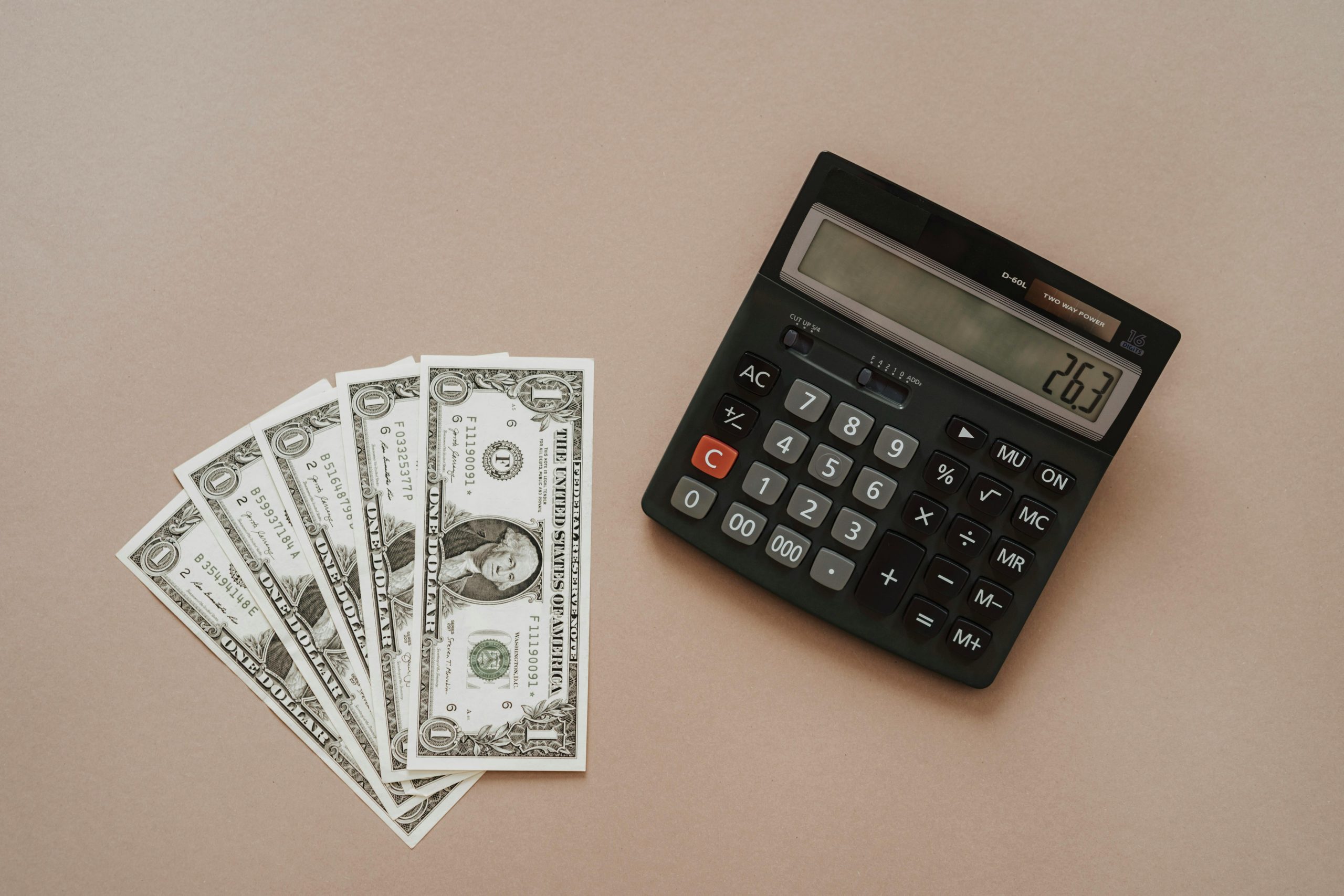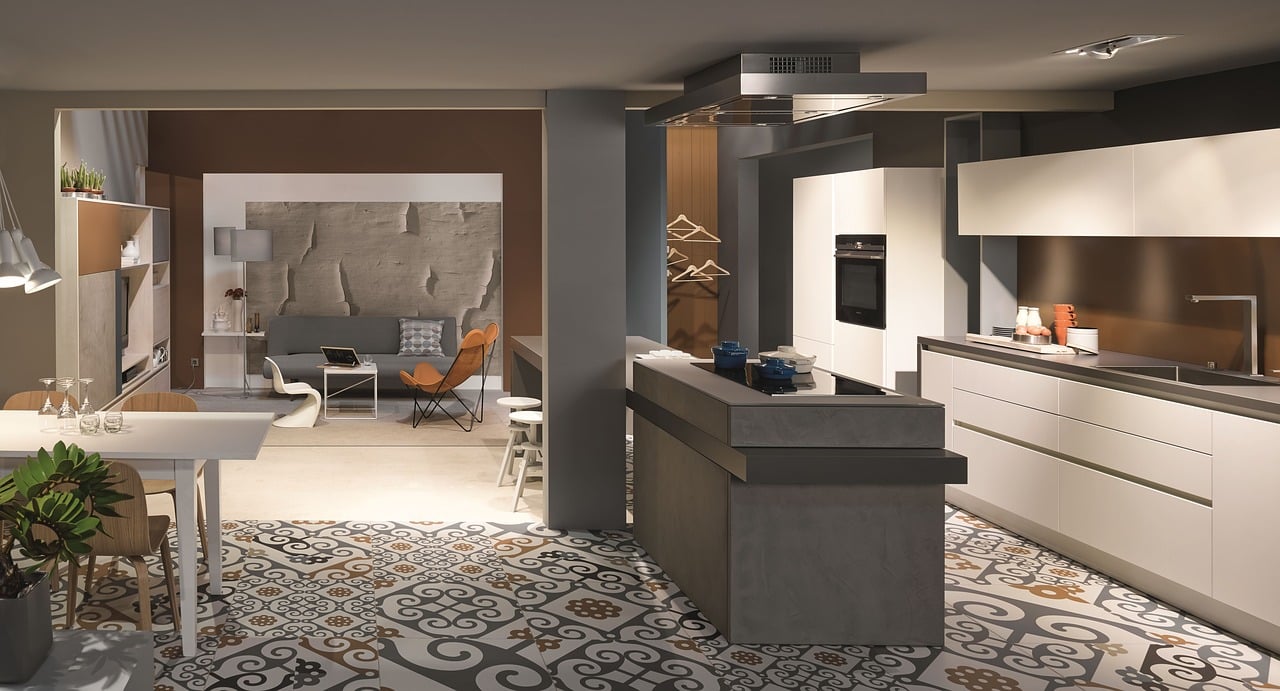
-
Start with a clear plan and assess your kitchen’s needs to avoid overspending and costly mistakes.
-
Set a realistic budget that prioritizes high-impact updates, includes affordable alternatives, and leaves room for unexpected costs.
-
Refresh cabinets, countertops, and hardware with cost-effective updates to dramatically improve the kitchen’s appearance.
-
Optimize layout, storage, and organization to improve functionality without expensive renovations.
-
Incorporate smart lighting, fixtures, and energy-efficient appliances to enhance both style and usability.
-
Use DIY projects strategically to save money while adding personality and practical improvements.
-
Balance aesthetics and function by making thoughtful design choices that are both stylish and practical.
Remodeling a kitchen can feel overwhelming, especially when you’re trying to balance style with a tight budget. The good news is that with some planning, creativity, and smart decision-making, you can transform your space without draining your wallet. This guide will walk you through practical steps, design tips, and clever hacks to give your kitchen a fresh look while keeping costs in check.
Why Start With a Clear Plan?
Before you pick paint colors or browse countertops, you need a plan. Jumping in without a roadmap can lead to overspending and frustrating delays. Start by assessing what you want out of your kitchen remodel. Consider questions like:
-
What’s not working in your current kitchen?
-
Which areas need urgent updates?
-
Are you looking for a full remodel or just cosmetic changes?
Creating a kitchen design and installation plan early on is crucial. This will help you understand the timeline, budget, and order of tasks, ensuring that nothing is overlooked. A well-thought-out plan can prevent costly mistakes and allow you to focus on updates that provide the most impact for your money.
How to Set a Realistic Budget

A budget is the backbone of any successful remodel. Start by listing all potential costs, including materials, labor, permits, and unexpected expenses. Here are some tips to stretch your dollars:
-
Prioritize updates that will give the biggest visual impact, like cabinets or lighting.
-
Look for budget-friendly alternatives to high-end materials.
-
Consider DIY projects where possible to save on labor costs.
Keep a buffer of 10-15% for unexpected issues. Even minor surprises like water damage behind old cabinets can derail a budget if you’re unprepared.
Updating Cabinets and Countertops Without Breaking the Bank
Cabinets and countertops are often the most noticeable features in a kitchen, and they set the tone for the room’s style and functionality. Replacing them entirely can be a huge expense, but there are ways to refresh them without overspending.
-
Refacing or repainting cabinets: Instead of tearing out cabinets, consider refacing them with new doors or a fresh coat of paint. This can completely transform the room’s appearance while keeping costs low. Choosing high-quality paint or finishes that resist grease and moisture will ensure your kitchen looks polished and lasts longer.
-
Replacing hardware: Old handles, knobs, and pulls can make even updated cabinets feel dated. Swapping them for modern hardware is a small investment that delivers a surprisingly big visual impact. You can mix and match metals for a custom look or keep everything uniform for a clean, cohesive style.
-
Affordable countertop options: Countertops are often a major cost, but materials like laminate, butcher block, and engineered stone give you the look of luxury without the price tag of granite or marble. Laminate can mimic natural stone patterns, while butcher block adds warmth and character. Engineered stone offers durability and style at a fraction of the cost.
If you’re considering major upgrades, this is a great time to focus on new cabinets and countertops to upgrade your kitchen, which can be both budget-friendly and make a noticeable impact when chosen wisely. Selecting the right combination of color, texture, and material ensures your kitchen feels fresh, functional, and visually appealing without breaking the bank.
Choosing the Right Layout for Function and Flow
Your kitchen’s layout isn’t just about style—it affects how efficiently you can cook, clean, and entertain. Major changes like moving plumbing or electrical lines can get expensive fast, so finding ways to optimize what you already have is key.
-
Optimizing your work triangle: The classic triangle between your sink, stove, and refrigerator can save steps and reduce frustration during meal prep. Even small adjustments, like moving frequently used tools closer to prep areas, can make your kitchen more intuitive.
-
Adding open shelving: Open shelves provide accessible storage while visually opening up your space. They’re perfect for displaying dishes, cookbooks, or decorative items without the cost of extra cabinetry.
-
Reconfiguring existing cabinets: Instead of installing new cabinets, consider shifting shelves or swapping doors to create a better workflow. Even rearranging what you already have or adding modular storage inserts can make a kitchen feel more functional and modern without major construction.
Affordable Flooring and Wall Options
The right floors and walls can completely transform the look of your kitchen. You don’t need expensive hardwood or stone to create a stylish, durable space.
-
Vinyl or laminate flooring: These options are both practical and visually appealing. They’re water-resistant, easy to clean, and come in a wide range of patterns and colors, including realistic wood and tile looks.
-
Peel-and-stick tiles: Ideal for backsplashes, peel-and-stick tiles are quick to install, inexpensive, and removable if you ever want to change your look. They’re also great for renters or homeowners testing new styles.
-
Painted or wallpapered accent walls: A bold paint color or patterned wallpaper can add personality and depth without permanent alterations. Even a small accent wall can redefine the space and make your kitchen feel updated.
Even small investments in flooring or walls can dramatically elevate your kitchen’s style, making it feel brand new at a fraction of the cost of a full remodel.
Organizing Your Kitchen Efficiently
Even a beautifully remodeled kitchen won’t shine if it’s cluttered and hard to use. Organization improves both functionality and aesthetics.
-
Use drawer dividers and shelf risers: These tools maximize vertical space and keep items visible and accessible. They’re inexpensive but make a huge difference in efficiency.
-
Group similar items together: Storing baking supplies, spices, or utensils in dedicated areas simplifies cooking and cleaning, saving you time and frustration.
-
Rotate seasonal kitchenware: Move items like holiday dishware or rarely used appliances to less accessible storage to reduce clutter.
Knowing how to organize kitchen cabinets effectively can make your kitchen feel larger and more open. Clever organization often creates a functional, stylish space without spending a lot on new storage solutions.
Incorporating Lighting and Fixtures
Lighting sets the mood and improves usability, but it doesn’t have to cost a fortune.
-
Install LED under-cabinet lighting: This adds functional task lighting and highlights countertops, making cooking and prep easier while enhancing the kitchen’s ambiance.
-
Swap outdated ceiling fixtures: Even a simple update, like replacing an old fluorescent fixture with a sleek pendant or flush mount light, can modernize the room instantly.
-
Add pendant lights over islands or dining areas: Statement lighting brings personality to the space without requiring expensive renovations.
-
Update faucets and sinks: A modern faucet or deep, stylish sink can dramatically improve both appearance and functionality. Look for options that combine durability with aesthetic appeal to get the most value for your money.
Smart Appliances Without Overspending

Appliances are essential, but you don’t need to buy the most expensive models to get high performance.
-
Energy-efficient models: These reduce utility bills over time and often qualify for rebates or discounts.
-
Refurbished or gently used appliances: Reputable sellers can offer high-quality appliances at a fraction of the cost of brand-new units.
-
Combo units: Microwave-oven hybrids or washer-dryer combos can save space and money, especially in smaller kitchens.
Focus on the appliances you use most frequently—investing in a quality fridge, stove, or dishwasher will improve daily life and often has a bigger impact than upgrading less-used items.
DIY Projects That Save Money
DIY projects are a great way to inject personality into your kitchen while saving labor costs. Popular budget-friendly projects include:
-
Painting cabinets or walls
-
Installing backsplash tiles yourself
-
Creating open shelving or simple storage solutions
Be realistic about your skill level. Small mistakes can add unexpected costs, so tackle projects that match your abilities or consider partial professional help.
When to Call in the Professionals
Some tasks require expertise, especially those involving electricity, plumbing, or major structural changes. Don’t risk costly mistakes by going solo. For example:
-
Moving appliances or sinks
-
Installing new lighting that requires rewiring
-
Ensuring ventilation and HVAC systems are safe
If your remodel affects airflow, it’s a good idea to ask your HVAC contractor the right questions to make sure your kitchen remains comfortable and safe after renovations.
Adding Style Without Major Expenses
You don’t need a huge budget to make your kitchen look high-end. Here are some clever ways to add style affordably:
-
Swap out cabinet hardware for modern options
-
Add open shelving with decorative accents
-
Use rugs or runners to introduce color and texture
-
Install a statement backsplash or wall feature
Even small updates can create a polished, cohesive look when thoughtfully executed.
Choosing Colors and Finishes Wisely
The right colors can transform your kitchen. On a budget, consider:
-
Neutral base colors that feel timeless and allow accessories to pop
-
Accent colors on walls, cabinets, or furniture to add personality
-
Semi-gloss or satin finishes for easy cleaning and durability
Test paint samples in your kitchen before committing, as lighting can change how colors appear.
Maximizing Storage Without Expensive Cabinets
Storage is often a hidden cost in remodels, but there are ways to improve it cheaply:
-
Pull-out pantry organizers
-
Hanging pot racks or hooks
-
Magnetic knife strips instead of bulky drawers
Creative solutions can make your kitchen more functional without a costly overhaul.
Small Details That Make a Big Difference
Attention to detail can elevate even the most modest kitchen remodel. Focus on:
-
Coordinating hardware and finishes
-
Adding decorative touches like framed prints or potted herbs
-
Keeping countertops clutter-free for a cleaner, more spacious feel
These small investments in aesthetics can make a kitchen feel stylish without requiring major construction.
Maintaining a Realistic Timeline
A remodel can take weeks or even months, depending on the scope. Avoid rushing to prevent mistakes. Consider:
-
Planning tasks in phases to spread out costs
-
Ordering materials in advance to prevent delays
-
Allowing extra time for unexpected issues
A realistic timeline ensures you stay on budget and don’t get frustrated with the process.
How to Balance Style and Function
A stylish kitchen should also be functional. Ask yourself:
-
Does this change improve daily use or just look nice?
-
Will this feature save time, effort, or energy in the long run?
-
Are there alternatives that provide style without extra cost?
Keeping a balance between aesthetics and practicality will result in a kitchen you love and actually use.
Wrapping Up Your Budget Remodel
Remodeling your kitchen on a budget doesn’t mean compromising on style. With careful planning, smart material choices, and a few DIY projects, you can achieve a space that’s functional, attractive, and reflective of your personal taste. From repainting cabinets to adding clever storage solutions, every thoughtful decision contributes to a cohesive, budget-friendly design.
By approaching your remodel with strategy and creativity, you’ll end up with a kitchen that looks expensive but didn’t break the bank.
